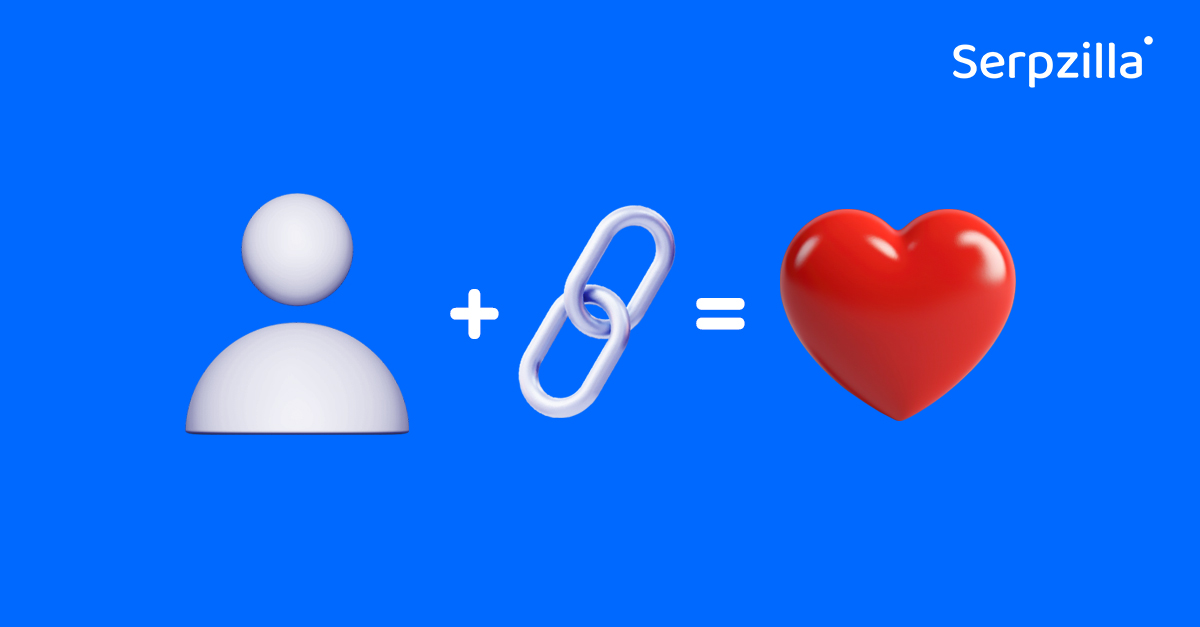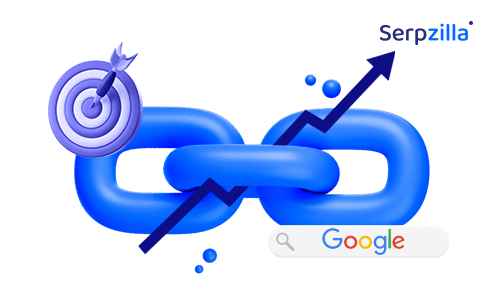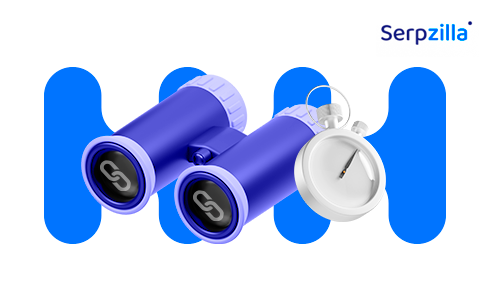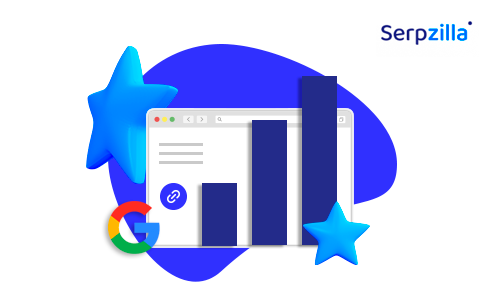Backlink explosion? What in the world is that?
Well, it’s pretty easy to describe. Who doesn’t want more backlinks to their site? Imagine you have a site with 100 backlinks and you begin a link building campaign. Your target is 100,000 links and the next day, you go out and buy them. You use every link acquisition method at your disposal – and within a week you meet your target and gloat over your success triumphantly.
What do you think happens next? How will Google react?
Google’s Response to Link Explosions
In the short-term, Google sees this as a good sign. The algorithm will just behave as if your page meets a link or authority threshold. Your rankings surge. You’ll begin to see your pages at the top of the SERPs.
In the long-term, however, link explosion has an extremely negative effect. Google will wise up to your tactics and recognize the spike for what it is – an unnatural event. This invariably results in an algorithmic penalty. Your PageRank (or measure of site authority) will be returned to its previous level (perhaps even lower if it’s a manual penalty) and your site will go down significantly in the search results. All your links will be devalued and rendered worthless – or worse, harmful – and stay that way until you remove them or disavow them.
What can you do to prevent this?
Control the Speed of Your Backlink Acquisition
As they say, prevention is better than cure.
If you want to grow your backlink profile from 100 to 100,000, you need to go step by step and grow your backlinks slowly and incrementally. A good rule of thumb is to multiply your score by 1.5x to 2x a month. Continue this until the end of the world or until you have as many links as you aimed for.
However, make sure you buy links in a controlled fashion – a few each and every day, not in bulk on the last day of the month. Always space out link building across the widest time frame possible.

Diversify Your Backlinks
The most important thing that Google looks for in a backlink profile (not backlink) is their natural-ness. Google frowns upon terms such as link “building” and link “buying.” A natural backlink profile is one that contains different categories and types of links.
There are a lot of parameters on the basis of which you can diversify your backlink profile.
Anchor text variations
Anchor text comes in different flavors. Some links just say “click here” or “read more” while others match exactly to their keyword – such as “link building tactics.”
An excess of both is good. You should be smart about the anchor text that you use. Have a healthy mix of variations of your primary keyword, general CTAs that speak contextually to the reader, as well as brand keywords.
Followed, no-followed and sponsored
Google has added special attributes that are used to specify the nature of the links and the level of editorial endorsement that the website is giving them. Chief among these is the rel=”nofollow” (or lack of it, meaning “dofollow”) attribute. Make sure you use them in healthy amounts to match their purpose.

Competitive analysis
Analyzing your competitors’ backlink profile and stealing (or copying) their good links is one of the oldest catching-up tactics in the book of link building.
Always be checking what competitors are up to for a better idea of what kind of links you can build and what kind of links work well for your niche. The more closely you match the backlink profile of other sites in your industry, the more natural and organic your own profile will appear to Google. Because of this similarity, Google will even ignore a few spikes now and then as the source of the links will remain common.
Build links to all kinds of pages
Don’t get stuck up on building links only to your home page or money pages. Many SEOs make the mistake of building links only to their product pages, thinking that this will help them rank those pages quickly. Nothing could be further from the truth.
This will again trigger off “unnatural” patterns that Google can detect. You should build links to all kinds of pages on your site – whether they’re campaign-specific landing pages, category pages, product/service pages, blog posts or even staff profiles. This will give your profile a natural look while increasing the overall authority of your website.
Links from different platforms
Just as you don’t want all your links to go to your homepage, you don’t want all of them to come from the same type of links – such as blog posts or sidebars, for example.
Diversify the source of your links both in terms of content as well as the type of website. Get some backlinks from blogs, others from directories, still others from forums, and of course many more from social media. Again, your focus should be on building a “natural” link profile.

Also vary the placement of your links, if possible. A few of them can come from the footer (e.g. partner site), some from a sidebar (e.g. related posts), others from author bios or comments, and most from within the main content.
Local vs. global links
Depending on the size and service area of your business – whether you run a small, local business catering only to your city or whether you have a huge multinational presence – your preferred region of source websites that link to you can change.
Local businesses can get links from other locally-relevant sites to increase their regional relevance. On the other hand, national or multinational businesses, or companies that conduct business primarily online, can use links from pretty much anywhere in the world.
Your Custom Mix of Backlinks
What is the most effective way of building backlinks today?
Obviously it is guest posting. It’s the only way to build high-quality links that are beyond reproach from Google.
Well, you know that but you can’t build 100,000 links from guest posts, right? Google would notice the pattern and devalue all those links within no time.
The solution is to combine the best types of links that work for you. Serpzilla lets you build links via niche edits (which involves inserting links within existing pages that are relevant to your industry). Niche edits with Serpzilla have the following plus points:
- Serpzilla offers various kinds of niche edits – on blog articles, business listings, category pages, and so on. Further, they can be placed within the main content or outside (like on the sidebar or footer). You have control on the placement, if the option is made available by the target website.
- You can get a lot of niche edits done within a reasonable budget using Serpzilla. There is also the option to rent links for as low as 1 cent per month. More importantly, you can space them out over time using Serpzilla’s AI-driven auto mode.
- Niche edits can be as contextual as you wish. You choose the exact part of the page within the content to link to your website. Further, you can find pages with variations of specific text that you enter in Serpzilla. Very cool!
- Niche edits can be high-quality – Serpzilla gives you the option to select source pages that are ranking in the top 50 of Google results for your keyword. They might be more expensive than average but add fantastic cherries on top of your link pudding.
Niche edits go well together with guest posts – like toppings on pizza. Using this combination, you increase your site authority as well as number of links without triggering off any unnatural patterns.
Our “insider combination” for a site that is just starting out with link building is to do 10 guest posts along with 100 niche edits per month. We then grow both numbers steadily by about 1.5x month on month.
The advantage of such a multi-pronged link building strategy is that you can buy multiple backlinks from a few selected referring domains. This is OK – your competitors will have multiple links from a few sites too. This pattern is natural because there are bound to be some websites in your industry that will partner with you and link to your site from their landing pages or footers.
Also, if you are a thought leader in your industry, many sites might link to multiple, high-value pages on your site. For example, sites like Search Engine Land or Search Engine Journal might link to an evergreen resource – such as Google algorithm monitor – on Moz or Semrush.
Spread Out Your Tentacles
While there are expert articles galore on the internet that list out newer, established and varied link building techniques, the truth is that there are more link building methods and avenues than any SEO expert can ever claim to know. You have limitless options to mix and match.
A versatile tool like Serpzilla can help you acquire pretty much every known type of backlinks – including from news articles and archive articles.
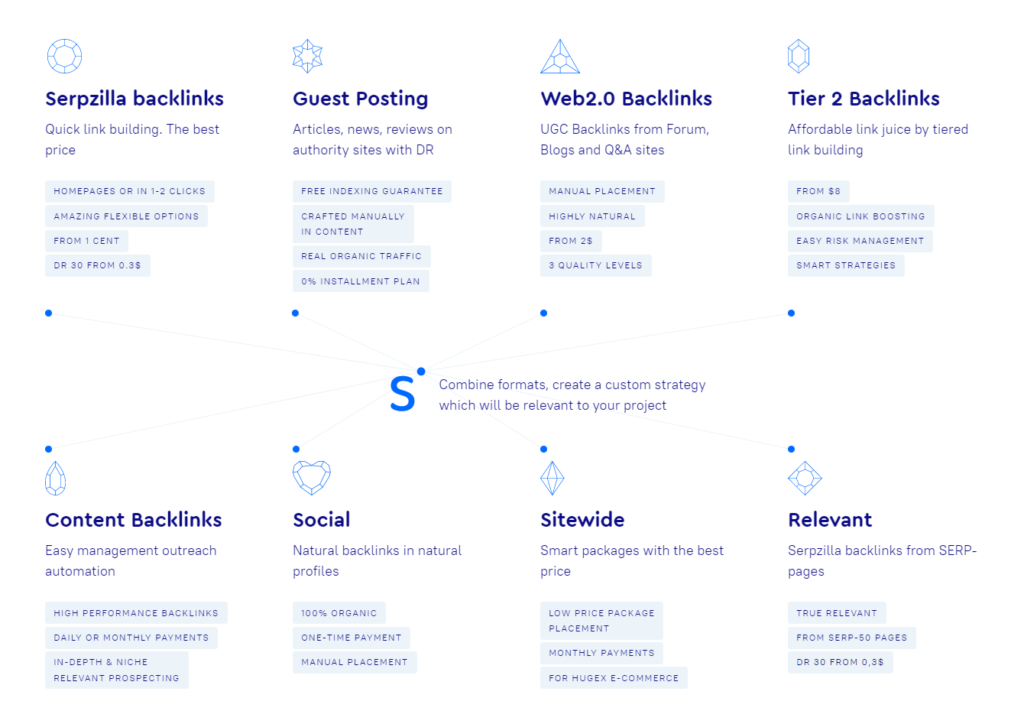
While controlled and consistent link bursts are the key to fast SEO results, we can’t reiterate the importance of a “natural” backlink profile enough – the way you mix and match your backlinks is supremely significant.
We have been in the SEO business for over 15 years, but none of our clients have ever been hit by Google penalties. Why? Because we’re always mixing up our link building strategies and educating our clients, and growing with them in the process. We hope to do the same with you – and we’re always up for a conversation about link building techniques on LinkedIn or Twitter. See you there and good luck!



